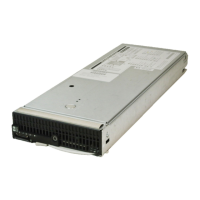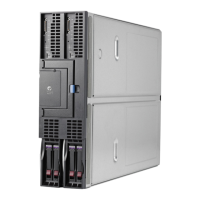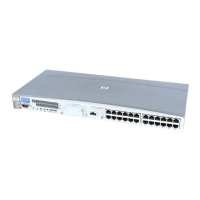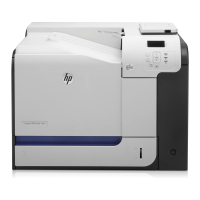Setting Up the Toolkit Environment
Setting up the toolkit environment involves the following tasks:
1. Set up the toolkit launch: Setting up the toolkit launch involves editing a script and a
configuration file that control the toolkit. The EFI loader launches the Linux boot loader,
which executes a bootstrap script in the root file system. The bootstrap script invokes the
main toolkit launch script, which uses a Linux setup script to trigger the OS installation.
Edit the Linux boot loader configuration file and the Linux setup script. You do not need to
modify other files unless you change the repository structure.
2. Set up a boot mechanism: Edit the boot configuration file to specify the boot device, the
location of the scripts and OS files, and the user name and password to access that location
(for a network share). Create an image using the boot files. Then, either burn this image onto
the boot device or set up the remote installation server that would support a network boot
and OS installation.
Launching the Server Replication
Launching the server replication process involves the following tasks:
1. Launch the configuration capture: Boot the model server using the SSTK boot device. Select
the read hardware configuration (readhwconfig) option when prompted. The script
then runs utilities that capture and write the server configuration to the repository on the
SSTK workstation. Edit these configuration files if needed.
2. Launch the hardware configuration and software installation: The script runs utilities that
configure the target server hardware and then launches the software installation. After the
process ends, verify that the OS is up and running, and specify system settings to complete
the installation.
Capturing and Deploying System Images
SSTK (v2.7 and later) provides an imaging installation feature, which allows you to capture the
image of an installed system then deploy it to similar systems.
A disk image is a file containing the complete contents and structure of a hard drive, including
all partitions information and data. This file can be used to restore the structure and contents of
the imaged hard drive.
The main advantage of using a disk image to install a new system is to quickly replicate the
system set up (OS installation and supplemental software), which is typically quite time
consuming. This SSTK imaging method is superior to a scripted installation when the target
systems are very similar to one another: similar hardware devices, similar operating system and
supplemental software, and similar system configuration.
This image feature allows you to capture the image of an installed system, and then deploy
(replicate) it to similar systems.
The SSTK main menu provides capture and deploy (or replicate) facilities to assist you in
managing your systems:
Setting Up the Toolkit Environment 23
